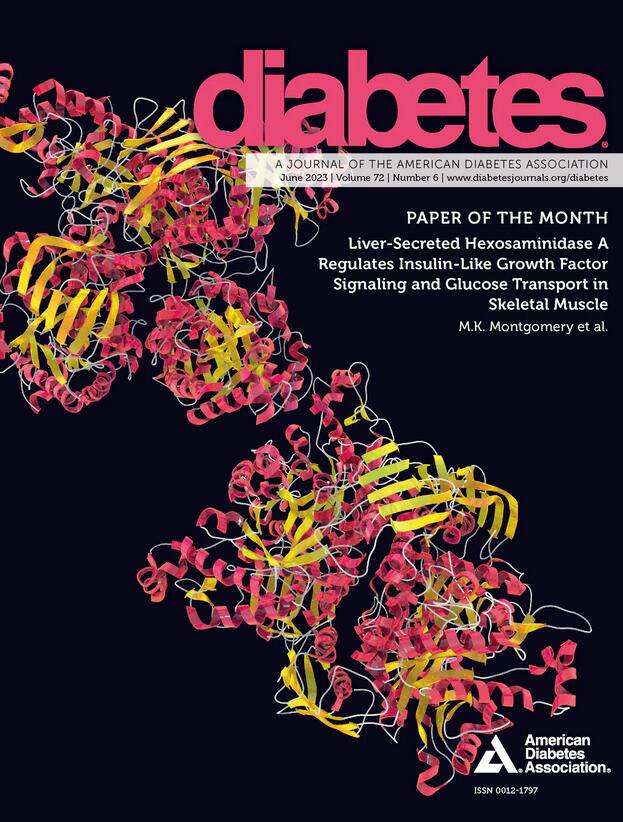在肠促胰岛素治疗时代治疗肌肉减少型肥胖:观点和挑战
IF 7.5
1区 医学
Q1 ENDOCRINOLOGY & METABOLISM
引用次数: 0
摘要
肌肉减少型肥胖是肥胖的一种亚型,其特征是骨骼肌质量和功能减少,或称肌肉减少症,对老年人构成了重大的健康挑战,因为据估计,28.3%的60岁以上老年人患有这种疾病。这种亚型是老年人特有的,因为由于能量代谢、激素和炎症标志物以及生活方式因素的变化,衰老会加剧肌肉减少症和肥胖。肌肉减少型肥胖的传统治疗方法集中在运动和饮食调整上,以在保持肌肉质量的同时减少脂肪。新型胰高血糖素样肽1受体激动剂(GLP-1RA)和双胃抑制多肽/GLP-1受体激动剂(GIP/GLP-1RAs),包括利拉鲁肽、西马鲁肽和替西帕肽,在年轻的临床试验人群中显示出巨大的希望,可以减轻体重,治疗肥胖相关并发症,改善身体功能,改善生活质量。然而,GLP-1RAs和GIP/GLP-1RAs在老年肌肉减少型肥胖患者中的应用尚未得到详尽的评估。这些药物伴随着肌肉质量减少的风险和不良事件发生率的增加。因此,临床医生应谨慎使用,权衡潜在的益处和风险。在此,我们讨论了在肌肉减少型肥胖患者中使用GLP-1RAs和GIP/GLP-1RAs的可能方法,包括对患者识别、监测、维持和停药的考虑。在本文中,我们还讨论了将可用的新兴治疗方法,其中可能包括激活素II型受体抗体和选择性雄激素受体激动剂。最后,我们强调老年科学的进步是未来个性化治疗的一个有前途的领域。肌肉减少性肥胖,肌肉质量和力量的减少加上肥胖,对老年人构成重大的健康风险。由于代谢、荷尔蒙、炎症和生活方式的改变,衰老加剧了肌肉减少症和肥胖。传统的干预措施强调运动和饮食,以减少脂肪量,同时保持肌肉量。肠促胰岛素治疗在年轻人群中显示出减轻体重和改善身体状况的希望,但对老年人的研究很少。这些药物可用于治疗几种与肥胖相关的并发症,这些并发症是老年肌肉减少型肥胖患者容易发生的。这些药物在老年人中需要谨慎使用,考虑到潜在的肌肉量减少和不良事件。本文章由计算机程序翻译,如有差异,请以英文原文为准。
Treating Sarcopenic Obesity in the Era of Incretin Therapies: Perspectives and Challenges
Sarcopenic obesity, a subtype of obesity, is marked by reduced skeletal muscle mass and function, or sarcopenia, and poses a significant health challenge to older adults as it affects an estimated 28.3% of people aged >60 years. This subtype is unique to older adults as aging exacerbates sarcopenia and obesity due to changes in energy metabolism, hormones and inflammatory markers, and lifestyle factors. Traditional treatments for sarcopenic obesity have been focused on exercise and dietary modifications to reduce fat while maintaining muscle mass. Newer glucagon-like peptide 1 receptor agonists (GLP-1RA) and dual gastric inhibitory polypeptide/GLP-1 receptor agonists (GIP/GLP-1RAs), including liraglutide, semaglutide, and tirzepatide, have shown great promise to reduce weight, treat obesity-related complications, improve physical function, and improve quality of life, in younger clinical trial populations. However, the use of GLP-1RAs and GIP/GLP-1RAs has not been exhaustively evaluated in older adults with sarcopenic obesity. These medications come with the risk of loss of muscle mass and an increased rate of adverse events. Thus, clinicians should use them cautiously by weighing the potential benefits against their risks. Herein, we discuss a possible approach to using GLP-1RAs and GIP/GLP-1RAs in patients with sarcopenic obesity, including considerations for patient identification, monitoring, maintenance, and discontinuation. In this article we also discuss the emerging treatments that will be available, which may include activin type II receptor antibodies and selective androgen receptor agonists. We conclude by highlighting the advancement of geroscience as a promising field for individualizing treatments in the future. Article Highlights Sarcopenic obesity, reduced muscle mass and strength coupled with obesity, poses significant health risks to older adults. Aging exacerbates sarcopenia and obesity due to metabolic, hormonal, inflammatory, and lifestyle changes. Traditional interventions emphasize exercise and diet to reduce fat mass while preserving muscle mass. Incretin therapies show promise in weight reduction and physical improvement in younger populations but are minimally studied in older adults. These medications can be used to treat several obesity-related complications, which older adults with sarcopenic obesity are prone to developing. These medications need to be used cautiously among older adults, considering potential muscle mass loss and adverse events.
求助全文
通过发布文献求助,成功后即可免费获取论文全文。
去求助
来源期刊

Diabetes
医学-内分泌学与代谢
CiteScore
12.50
自引率
2.60%
发文量
1968
审稿时长
1 months
期刊介绍:
Diabetes is a scientific journal that publishes original research exploring the physiological and pathophysiological aspects of diabetes mellitus. We encourage submissions of manuscripts pertaining to laboratory, animal, or human research, covering a wide range of topics. Our primary focus is on investigative reports investigating various aspects such as the development and progression of diabetes, along with its associated complications. We also welcome studies delving into normal and pathological pancreatic islet function and intermediary metabolism, as well as exploring the mechanisms of drug and hormone action from a pharmacological perspective. Additionally, we encourage submissions that delve into the biochemical and molecular aspects of both normal and abnormal biological processes.
However, it is important to note that we do not publish studies relating to diabetes education or the application of accepted therapeutic and diagnostic approaches to patients with diabetes mellitus. Our aim is to provide a platform for research that contributes to advancing our understanding of the underlying mechanisms and processes of diabetes.
 求助内容:
求助内容: 应助结果提醒方式:
应助结果提醒方式:


